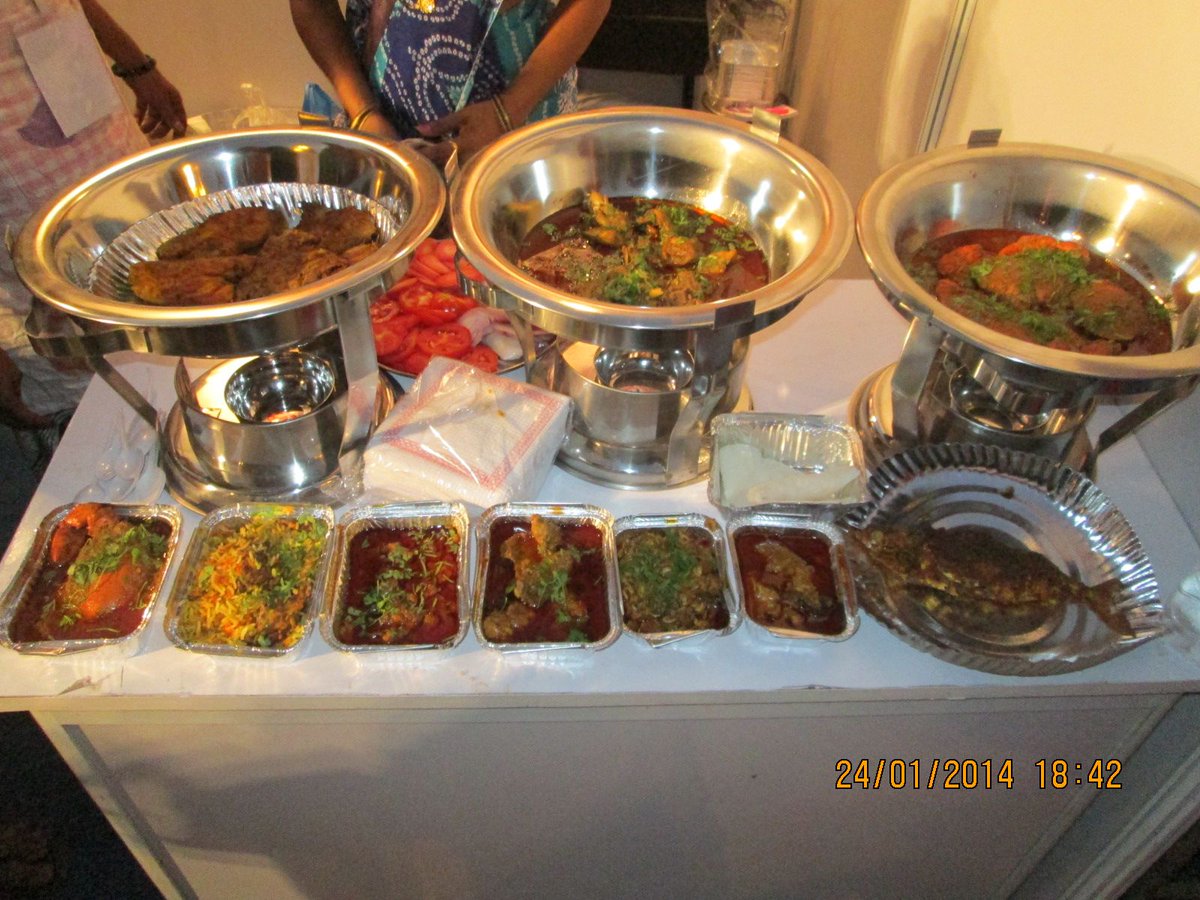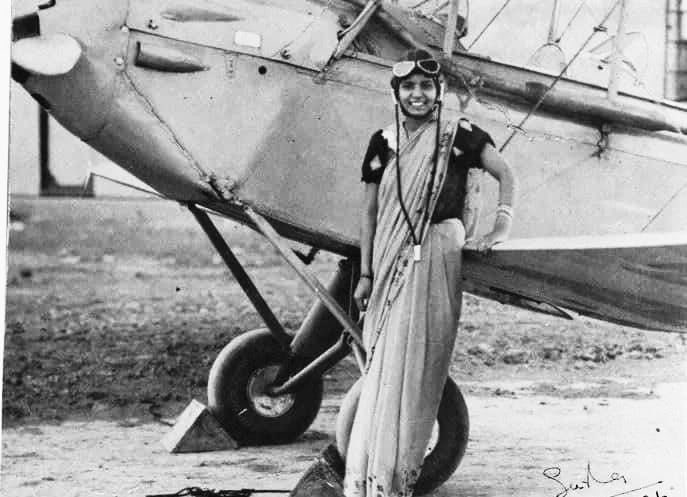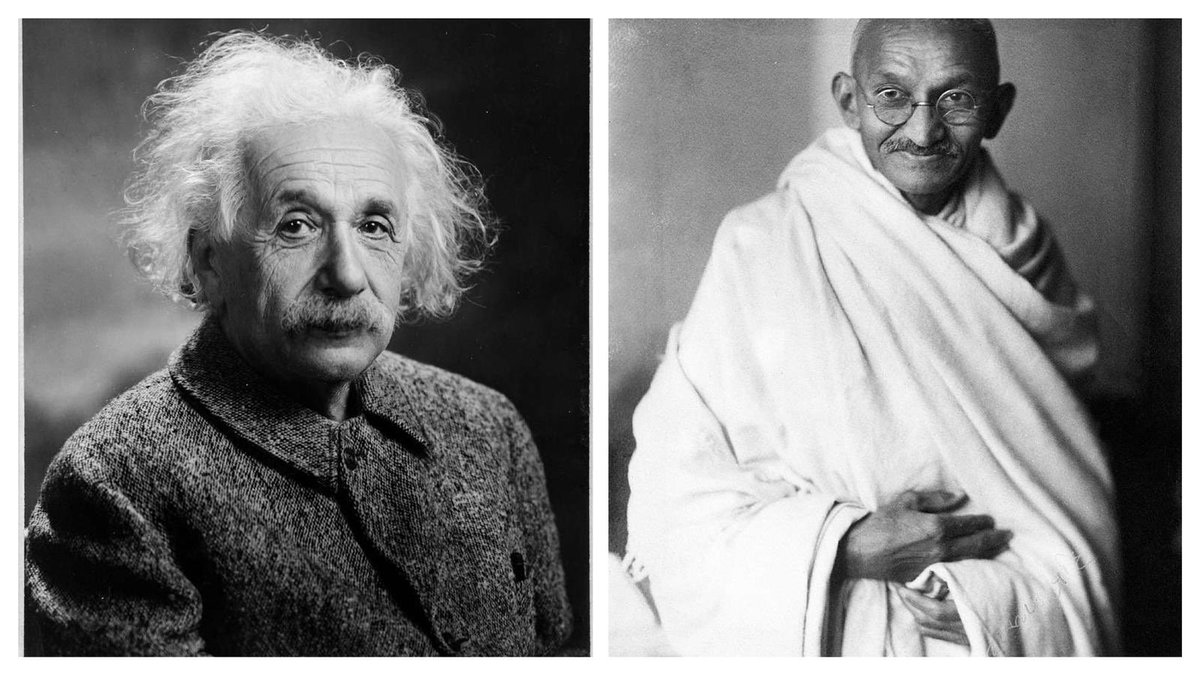
Every partition story is a weeping witness of dreadful human acts, but a few of them also enrich the cultural cascade of India. The strange origin of Fish Koliwada is one such interesting anecdote. A short thread. 1/n 

During partition, many displaced Sikh refugees from Hazara district and Peshawar, who didn’t have relatives in Punjab, Delhi or Kashmir, boarded the iconic Frontier Mail and headed to Bombay with a hope of new life. 2/n 

They settled down in the Sion-Koliwada military camp, near today’s Guru Tegh Bahadur (GTB) Nagar railway station. Shanties around the streets and dockyard became the shelter of many Sikh refugees who had fled Pakistan after Partition. 3/n 

Koliwada usually refers to a colony of fishermen. In Mumbai, one can find several urban villages named Koliwada. A machhi market or fish market is usually a prominent landmark for such Koliwada localities. 4/n 

To earn their daily livelihood, the refugees started working in the city. They became hawkers on the train, taxi drivers, daily labourers, and a few of them started the business of cooking and selling food. It was the beginning of a unique cultural conversation. 5/n
The fishermen of Koliwada introduced freshwater fish to the Sikh refugees, who then added a unique twist by applying their heritage cooking technique. Bahadur Singh, who arrived in Bombay via Amritsar, was one such imaginative cook. 6/n
He started a roadside eatery where he served mouthwatering fried fish marinated in a thick batter of chilli paste – one could eat fried Rawas, Jhinga and Pomfret, wrapped in newspapers. It was an instant hit. 7/n
The novel dish gained huge popularity and Fish Koliwada gradually acclaimed national fame for being such a delicious snack. The small eatery, known as Mini Punjab, is now one of the landmark restaurants in Mumbai still serving the Punjabi heritage dishes. 8/n 

Fish Koliwada was invented by the Sikh refugees of Bombay but was named after the local fisherman colonies who gave them shelter - an ode to the diverse cultural fabric of India. 9/n
Acknowledgements: gatewayhouse.in/Sifra Lentin, Indian Express/Mohamed Thaver. Wikimedia.
• • •
Missing some Tweet in this thread? You can try to
force a refresh














